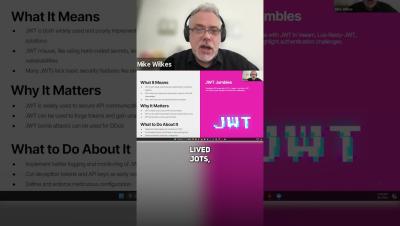What Is ARM64 and Why Should You Use It?
In this video, learn what ARM64 is, its architecture, its advantages over x86 and other processors, and other general benefits. Resources and social media: Transcript: If you’re wondering what ARM64 is, let’s flash back a few years… During the 2000s, ARM processors led the way in the mobile revolution, providing our smartphones and tablets with serious computing power. ARM’s 32-bit chips were built on reduced instruction set computer (RISC) architecture that clocked speeds of 1 to 2 GHz, and became the dominant chip inside the devices we put in our pockets.











